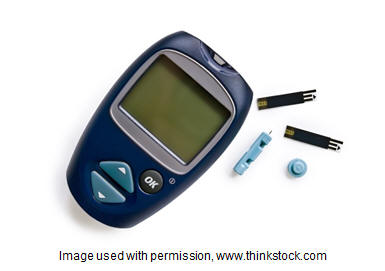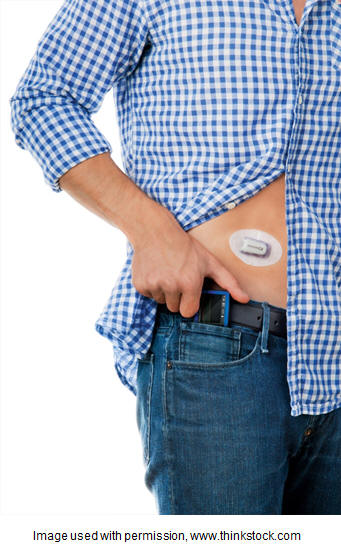|
So as we have seen,
diabetes prevalence has increased, now affecting about
8.3% of the population, and though it is the 7th
leading cause of death, that number is likely
under-reported. Diabetes was associated with
approximately $218 billion in costs in 2007. Both
prevalence rates and costs continue to increase.
The primary treatment goal is blood glucose control.
There is evidence that controlling blood glucose can pay
off in terms of improved outcomes.
Treatment strategies include dietary modification and
physical activity, which would be appropriate for both
people with or without diabetes. Medications may be
required to augment diet and exercise therapy. In
addition, treatment strategies will include the
prevention and treatment of secondary complications,
such as hypertension and cardiovascular disease.
Monitoring is geared to both the management of blood
glucose and prevention and treatment of the
complications of diabetes.
Both care giver and patient education is key in
effectively managing diabetes. |
 Instructions
Instructions



